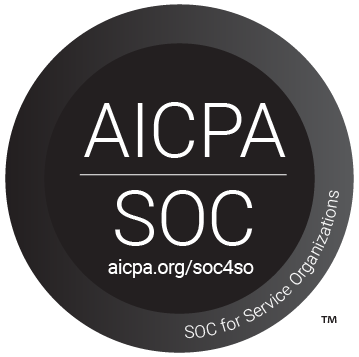Keith Ward
10th Grade English Teacher
East Syracuse Minoa Central High School
East Syracuse Minoa Central School District
Congratulations to Keith Ward, our November 2017 Feature Teacher. Keith is a 10th grade English teacher at East Syracuse Minor Central High School. Keith has been with the East Syracuse Minor Central School District for 13 years.
How has this teacher brought innovation to his or her classroom?
This school year Keith’s classes are examining the rise of artificial intelligence and the likelihood of a super intelligence, or a singularity, being created in our lifetime. As the classes considered the implications of such technology, they couldn’t help but wonder to what extent could artificial/ super intelligence change everything from work, education, economy, socialization, healthcare, and entertainment? Leaving behind the pages of science fiction works by Ray Bradbury, Isaac Asimov, and Philip K. Dick, students soon entered into the contemporary marketplace to explore these ideas.
Keith had his students consider the implications of exponential growth in technological development after reviewing the works of Ray Kurzweil. He then asked them to further consider how the evolution of technology could eventually intersect with human evolution. Instead of simply writing a short story, or working on a traditional analytical paper, students were assigned a section of the human skeleton (skull, upper limb, spine, etc.) and asked to consider how technology could influence the further development of human evolution.
After completing two days of introductory anatomy and physiology, and two days of research to isolate an existing problem associated with their assigned skeletal structure and surrounding biology, students were asked to imagine a way to solve the problem or adapt the human anatomy to create a biological and technological hybrid. Students were required to create a minimum of five points of adaptation or evolution, and two of these needed to be technological solutions to existing biological problems.
Once their research was complete, students were asked to locate a 3-D printable model of their assigned anatomy on Thingiverse, GrabCAD, or similar free online software. They then moved the structure into Tinkercad. Once in Tinkercad, students used Tinkercad’s editing software to alter the existing skeletal biology and express the changes, adaptations, evolutions, creations they had planned during research. Students were encouraged to think of Tinkercad like a digital art space, where new things can be sculpted on a 3-D “workplane.” After a few classes, students were then allowed to 3-D print, using the Makerbot Replicator+, their new skeleton pieces with their alterations printed onto the physical object.
Following this work, students were required to write an abstract and a brief paper summarizing their experience in imagining the human body with their original evolutions printed on the human skeleton. Finally, students were asked to participate in a roundtable discussion in which each individual, or small group. Here they presented their work, shared their findings, acknowledged their failures, and fielded questions about their success.
Students will continue to work on this project throughout the school year. They are currently working on designing advances in neurological spinal bypass, joint replacement, concussion prevention from within the skull, and of course, trying to create functional claws just like Marvel’s “Wolverine.” Parents have also come to visit class to work alongside the students during this project. In addition to this, two neurobiologists have also visited the class to work with students on their designs.
How have students and staff benefitted from Keith’s technology integration initiatives?
Students have benefitted from Keith’s technology integration initiatives in three ways. First, by being allowed to apply their research and their creative thinking to create something new, innovative, and practical. Students were encouraged to read and write regularly, to speak about their findings, to listen and take notes about their colleagues work, and to take risks and accept failure as the creative joy that it should be.
Next, students benefitted through their interactions. Students were able to play, while also considering some of the most pressing issues in the contemporary world, and to see themselves as active problem solvers, and contributors to the greater good.
Lastly, students were allowed to work with software and hardware in a way that replicates how these technologies are used in the world of work. They were not tasked simply with being able to use the technology, but to interact with the technology as a tool to create answers for questions which engineers, scientists, and doctors are currently working to answer. The technology was not the lesson. The technology was the tool by which they expressed their learning.
Is This You?
Are you the type of teacher who thinks about technology integration and new ways to enhance instruction, engage students, and make learning fun? Know someone who fits the profile? Recommend a "Featured Teacher" so we can recognize and celebrate great work in the area of instructional technology!
|







